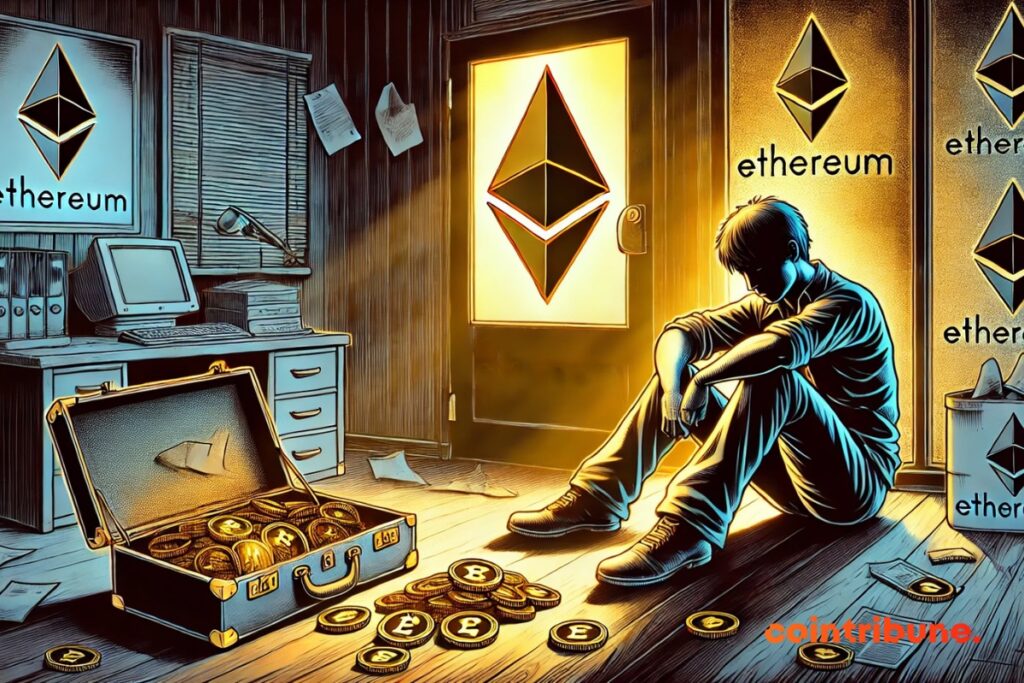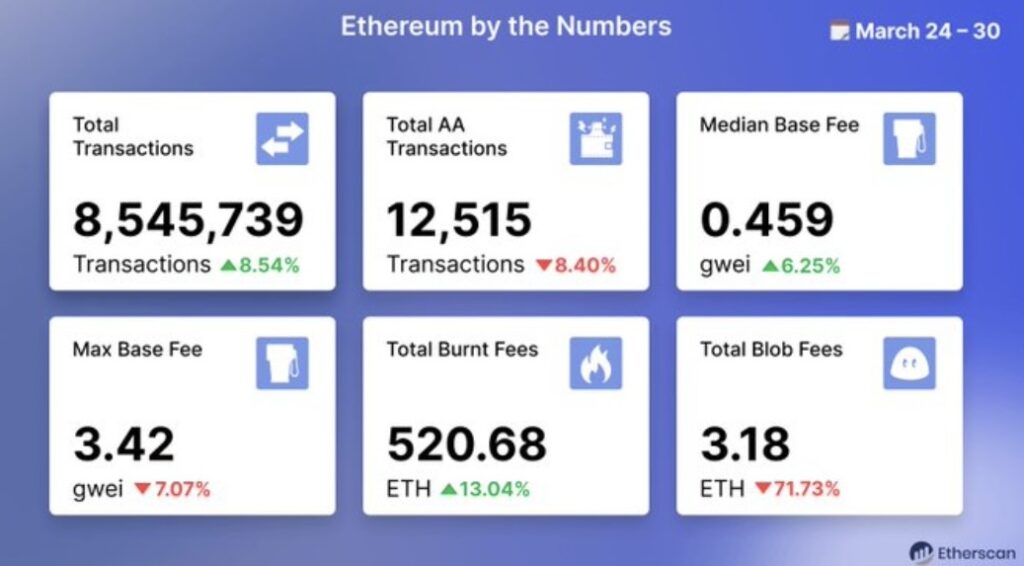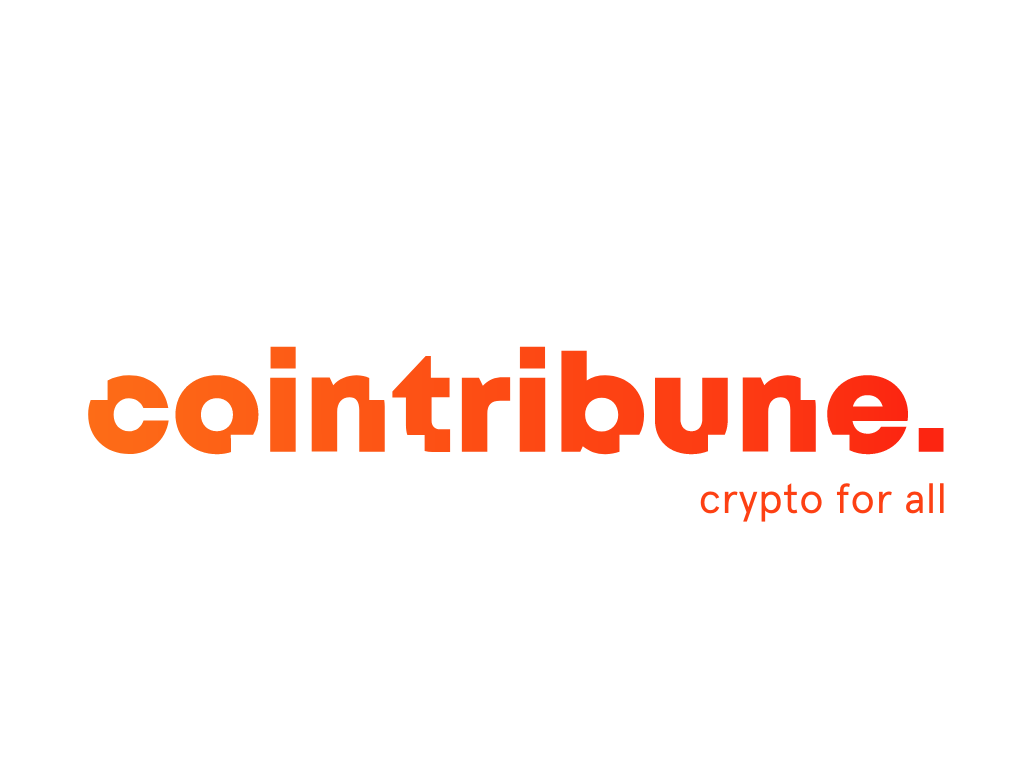Ethereum Is Undergoing A Major Economic Crisis, Can It Recover?
0
0
Ethereum is facing a dramatic drop in its revenues from blob fees, falling to their lowest levels since 2025. This 95% drop raises concerns about the economic future of the network, highlighting the challenges related to its dependence on L2 scaling solutions.

Ethereum: a staggering drop in blob fees
For the week ending March 30, 2025, Ethereum generated only 3.18 ETH (approximately $6,000), marking a 73% decrease from the previous week. This figure also represents a drop of over 95% compared to blob revenues from the week of March 16, 2024, when fees exceeded 84 ETH. This spectacular drop illustrates the economic difficulties faced by the network after the Dencun upgrade.

Launched in March 2024, the Dencun Upgrade relocated transaction data from layer 2 (L2) to temporary “blobs” stored off-chain, aimed at reducing costs for users. However, this migration has also led to a drastic reduction in revenues generated by blob fees, on the order of 95%, according to asset manager VanEck.
What solutions for the future?
This drop in revenues raises concerns about Ethereum’s dependence on L2 scaling solutions for its transaction processing capacity. The profitability model of the network appears increasingly fragile, especially as transaction volumes on L2 would need to increase by more than 22,000 times for blob fees to offset revenues from traditional transaction fees.
Despite this concerning situation, Ethereum is not backing down. The network is already preparing its Pectra upgrade, slated for this year, which could radically change how blob space is allocated. The goal is to evolve the network’s economy while maximizing its scalability to capture a larger market share.
The fall in Ethereum’s blob fees therefore highlights disputed strategic choices, particularly its reliance on L2 solutions and its management of blob fees. This has tipped the crypto network, making Ethereum obsolete as a long-term investment. Can it recover?
0
0
 Manage all your crypto, NFT and DeFi from one place
Manage all your crypto, NFT and DeFi from one placeSecurely connect the portfolio you’re using to start.






